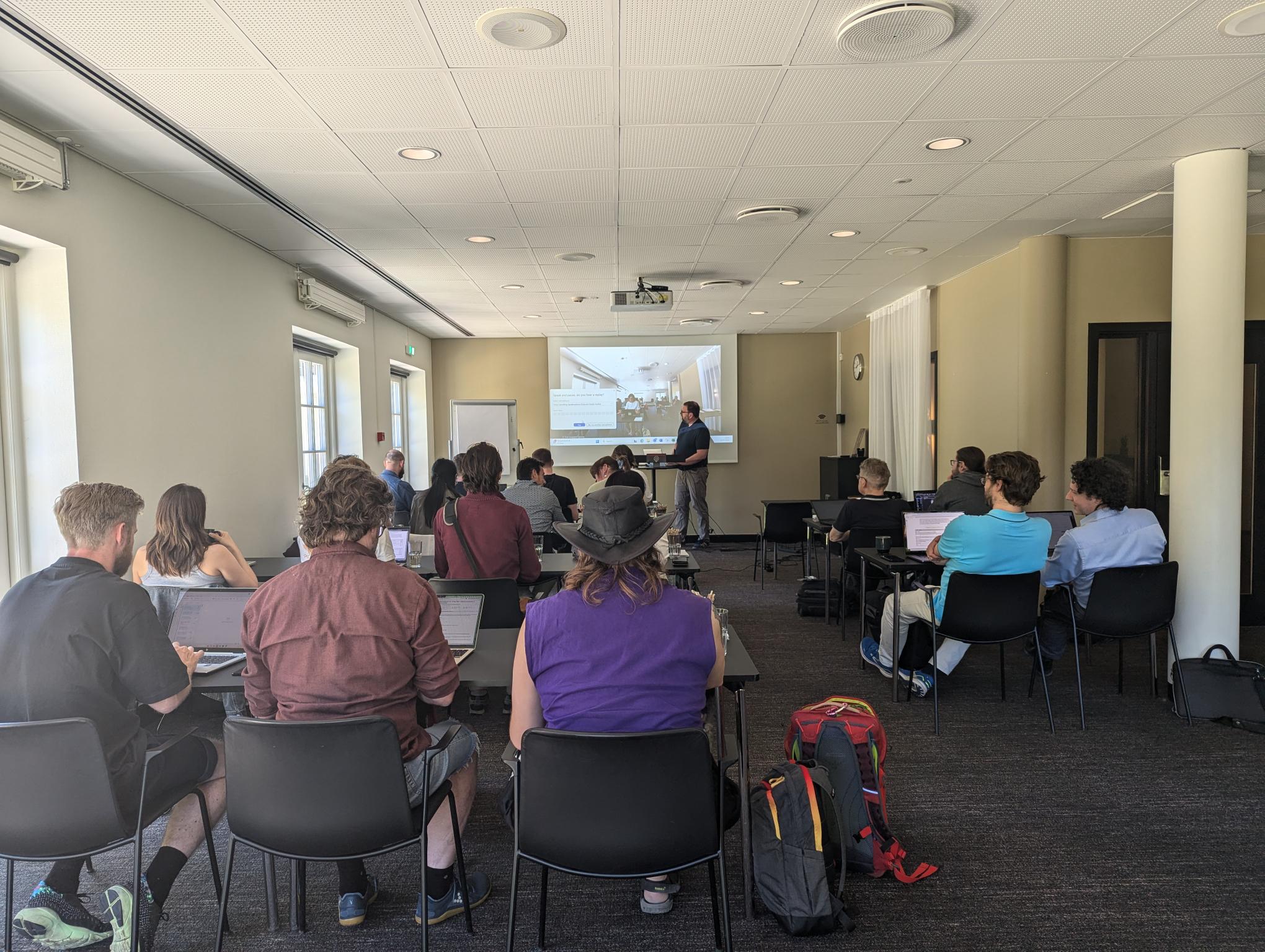Indkøbsprocessen af LUMI (Large Unified Modern Infrastructure) er nu afsluttet, og systemleverandøren er valgt, så supercomputeren kan blive operationel til næste år.
LUMI er en unik europæisk supercomputerindsats, der inkluderer ti lande, herunder Danmark, og EuroHPC Joint Undertaking (EuroHPC JU), som sammen investerer i en meget stor forskning-computer med en top-ydeevne på 552 petaflop/s. Det er Danske Universiteter, der er med i LUMI med DeiC som forvalter.
Det er cirka et år siden, at hosting-aftalen blev underskrevet, og nu er systemleverandøren så også på plads. LUMI-systemet leveres af Hewlett Packard Enterprise (HPE) og baseres på HPE Cray EX-supercomputer. Ud over den bemærkelsesværdige computerkraft er LUMI også en af verdens mest avancerede platforme til kunstig intelligens (AI).
“Når først LUMI-supercomputeren er operationel i midten af 2021, vil den være en af de mest konkurrencedygtige og grønne supercomputere i verden. Et højkvalitetssystem, som vil støtte europæiske forskere, industrien og den offentlige sektor til bedre forståelse og reaktion på komplekse udfordringer og omdanne dem til innovationsmuligheder i sektorer som sundhed, vejrudsigter eller by- og landplanlægning,” siger Anders Dam Jensen, Executive Director i EuroHPC Joint Undertaking, til CSC i Finland, hvor computeren fysisk skal placeres.
Læs om LUMI her.
Du kan også læse meget mere om LUMI-projektet på deic.dk:
- Forsker: Softwareudvikling er fundamentet for supercomputer-succes.
- Kæmpe HPC-projekt giver fantastiske muligheder, men er ikke uden udfordringer.
- Kimmo Koski: Samarbejde danner grobund for et unikt supercomputerprojekt.
- ”Den skal være verdens bedste forsknings-computer”
Info-boks:
LUMIs systemarkitektur kommer til at se således ud (kilde: CSC):
- The LUMI system will be supplied by Hewlett Packard Enterprise (HPE), based on an HPE Cray EX supercomputer.
- The peak performance of LUMI is an astonishing 552 petaflop/s meaning 552 * 1015 floating point operations per second. This figure makes LUMI one of the world’s fastest supercomputers. For comparison, the world’s fastest computer today (Fugaku in Japan) reaches 513 petaflop/s and the second fastest (Summit in the US) 200 petaflop/s (more information: www.top500.org). If LUMI’s computing power was compared to normal laptops, it would require 1.5 million laptops together to reach the performance of LUMI. If these laptops were piled up, they would form a tower of over 23 kilometers high!
- LUMI will also be one of the most advanced platforms in the world for artificial intelligence (AI). With LUMI, it will be possible to combine AI, especially deep learning, and traditional large scale simulations combined with massive scale data analytics in solving one research problem.
- The number crunching capability of LUMI is accelerated by the GPU (Graphics Processing Unit) partition. It is based on the future generation AMD Instinct™ GPU.
- LUMI will be complemented by a CPU (Central Processing Unit) partition, featuring 64-core next-generation AMD EPYC™ CPUs.
- LUMI’s data analytics partition has 32 an aggregated terabytes of memory and 64 visualization GPUs. This partition is used e.g. for visualization, heavy data analysis, meshing and pre/post-processing.
- LUMI’s storage system will consist of three components. First, there will be a 7-petabyte partition of ultra-fast flash storage, combined with a more traditional 80-petabyte capacity storage, both based on the Lustre parallel filesystem, as well as a data management service, based on Ceph and being 30 petabytes in volume.
- In total, LUMI will have an astounding storage of 117 petabytes and an impressive aggregated I/O bandwidth of 2 terabytes per second
- LUMI will also have an OpenShift/Kubernetes container cloud platform for running microservices.
- All the different compute and storage partitions are connected to the very fast Cray Slingshot interconnect of 200 Gbit/s. The global bandwidth of the LUMI-GPU partition is 160 TB/s. The global Internet traffic would fit therein, in fact two times!
- LUMI takes over 150m2 of space, which is about the size of a tennis court. The weight of the system is nearly 150 000 kilograms (150 metric tons).




